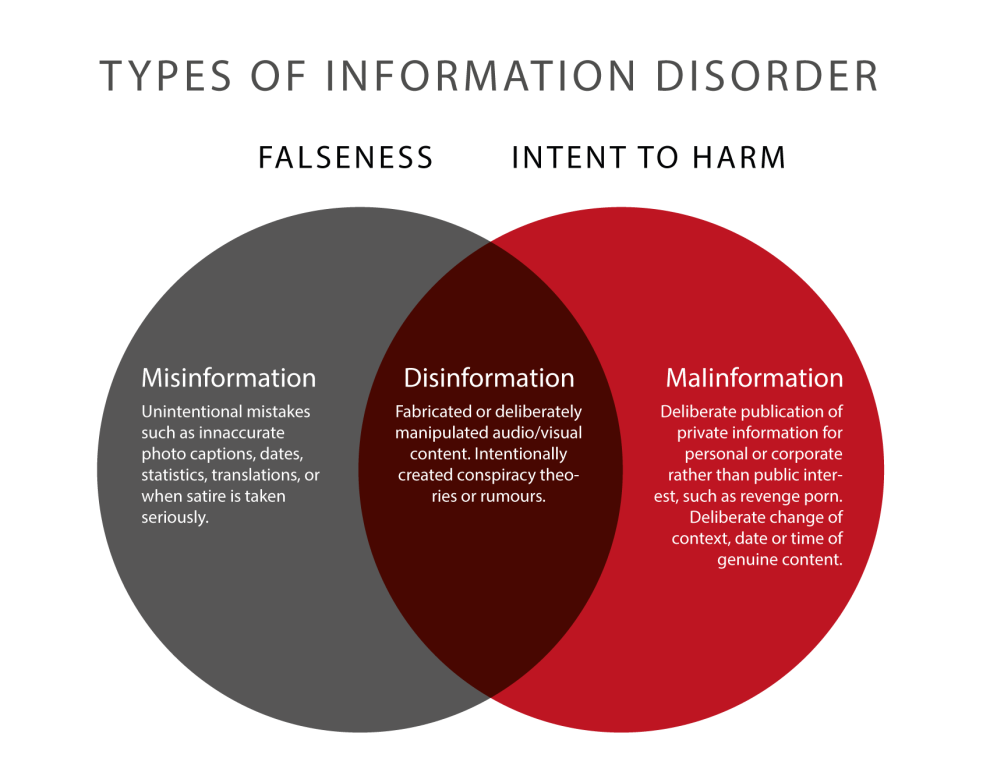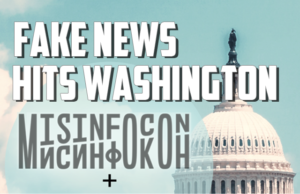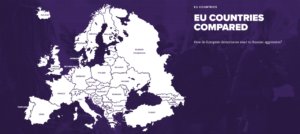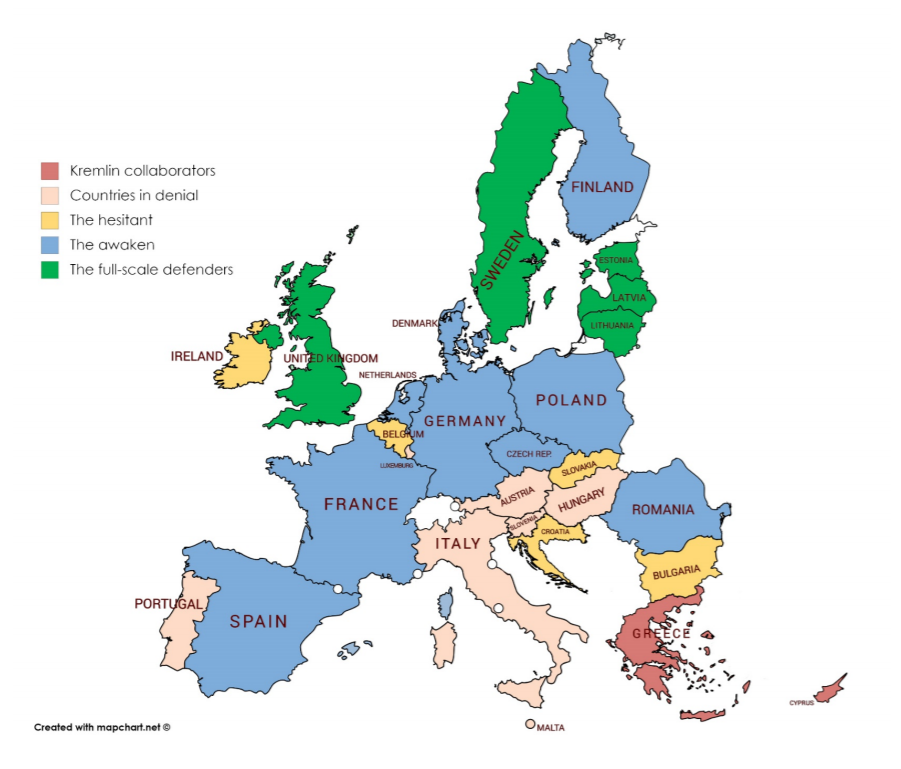
The potential for Russian hacking of election systems in the 2018 midterm elections has emerged as an urgent and destabilizing issue in the run-up to the U.S. elections, CodaStory reports.
There are hundreds of reports into disinformation, who does it and what policies governments should adopt in order to make it harder for adversaries. But what we can do to minimize the weaknesses that antagonists seek to exploit? Lund University’s James Pamment asks. He recommends two publications freely available to download thanks to the generous support of the Swedish Civil Contingencies Agency (MSB):
- The first publication is a handbook aimed at communication professionals working in the public sector, titled “Counter Influence Strategies for Communicators.” It provides a crash course in what information influence activities are, an overview of some of the main techniques that are used and a detailed discussion of how to prepare an organization to respond effectively to disinformation. …
 The second publication is a comprehensive academic report into current thinking on counter-influence. It systematizes and distills best practices from hundreds of reports, academic texts, interviews with practitioners and our own experiences of training for counter-influence. It follows the same basic format as the handbook (understand, identify, counteract), but the report introduces the reader to the thinking behind best practices.
The second publication is a comprehensive academic report into current thinking on counter-influence. It systematizes and distills best practices from hundreds of reports, academic texts, interviews with practitioners and our own experiences of training for counter-influence. It follows the same basic format as the handbook (understand, identify, counteract), but the report introduces the reader to the thinking behind best practices.
“Grey areas abound and the choices we face are hard,” notes Edward Lucas, Senior Vice President at the Center for European Policy Analysis (CEPA). “An entirely passive response invites defeat. An overly zealous one is self-defeating. If we protect ourselves against attacks from autocratic closed societies by giving sweeping and arbitrary powers to our rulers, we may win the battle, but we lose the war.”
Claire Wardle, the executive director of First Draft, a project of the Harvard Kennedy’s Shorenstein Center, created a taxonomy (above) for understanding the different types of mis- and disinformation, and breaks it out in this helpful chart here, Mother Jones adds.
 There has been a flourishing of tools to counter fake news and disinformation, Steven Rosenbaum writes for MediaInsider:
There has been a flourishing of tools to counter fake news and disinformation, Steven Rosenbaum writes for MediaInsider:
- MentionMapp— Mentionmapp Analytics investigates the digital ecosystem using visualization tools, machine- and human intelligence, revealing how information and misinformation flows through networks on Twitter.
- info — a fact-checking website produced by Voice of America and Radio Free Europe/Radio Liberty, meant to serve as a resource for verifying the increasing volume of misinformation being distributed globally.
- Botometer (formerly BotOrNot) — checks the activity of a Twitter account and gives it a score based on how likely the account is to be a bot. Higher scores are more bot-like.
- FakerFact is an AI tool t built to help see if an article might be fake news.
- TruePic is a way to check and verify the veracity of images.
 A new website from KremlinWatch (above) includes an interactive map that you can use to browse all the (publicly known) governmental countermeasures and resistance initiatives to the Kremlin’s subversion operations, as taken by individual EU Member States. A report, which builds on the Overview of Countermeasures by the EU28 to the Kremlin’s Subversion Operations (published in May 2017), summarizes all the new initiatives, developments, and policies implemented in the last year, analyses the major trends, and provides a current ranking of the EU28 on the basis of their resistance against the Kremlin’s subversion efforts, from collaborators to full-scale defenders (below).
A new website from KremlinWatch (above) includes an interactive map that you can use to browse all the (publicly known) governmental countermeasures and resistance initiatives to the Kremlin’s subversion operations, as taken by individual EU Member States. A report, which builds on the Overview of Countermeasures by the EU28 to the Kremlin’s Subversion Operations (published in May 2017), summarizes all the new initiatives, developments, and policies implemented in the last year, analyses the major trends, and provides a current ranking of the EU28 on the basis of their resistance against the Kremlin’s subversion efforts, from collaborators to full-scale defenders (below).
 A recent article published on NPR (National Public Radio) uncovers another part of the Russian disinformation campaign during the US election 2016, notes EU vs Disinfo.
A recent article published on NPR (National Public Radio) uncovers another part of the Russian disinformation campaign during the US election 2016, notes EU vs Disinfo.
China’s expanding influence operations take the spotlight, the Alliance for Securing Democracy adds: According to Axios, the Chinese government maintains the ability to pursue an online political disinformation campaign directed at foreign elections, though it has not yet chosen to do so. Instead, Beijing “favors long-term thinking over Russia’s scorched-earth foreign policy,” and has alternatively – “…pursued other equally potent strategies for meddling in the political affairs of other countries.”

EU vs Disinfo
Mother Jones includes a handy list of resources on verification, misinformation, and news literacy, suggested by experts:
- First Draft News,– resources on understanding misinformation, including a free one-hour course on verification tools.
- The Week in Fact-Checking– Poynter’s roundup of news on fact-checking and misinformation.
- com– resources on fact-checking.
- The News Literacy Project– resources on teaching news literacy geared for educators.
- Online Verification Skills– a video series on some basic fact-checking techniques.
- A list of tools and resources from Poynter’s Daniel Funke—good for doing deeper dives.








